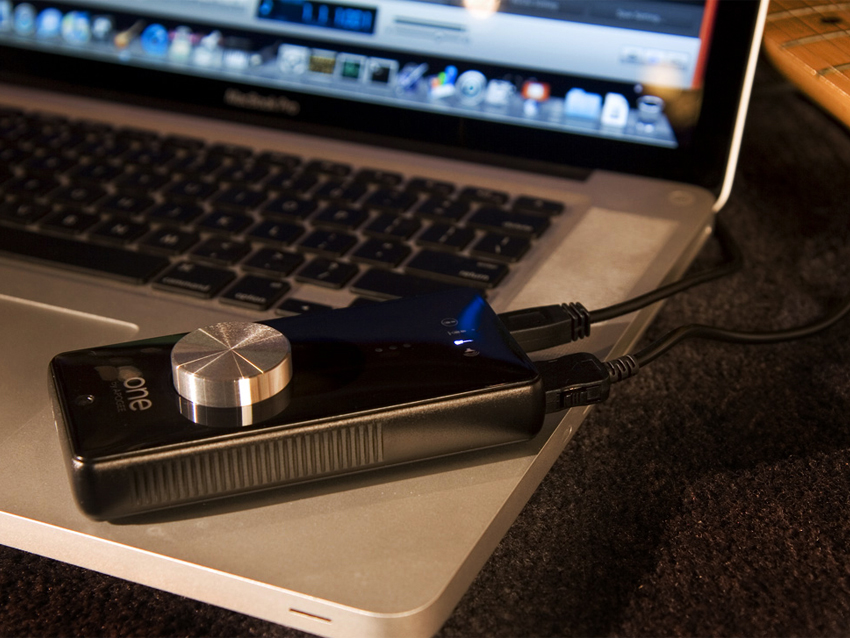Jargon buster: Drivers

When music applications play back audio (or MIDI), they don't interact directly with your audio interface, but instead with its driver, which usually comes supplied on a disc.
A driver is a piece of software that allows high-level programs to interact with devices in a generic way, with the driver translating the message and passing it on in a format that' s particular to that device.
A music application sends data to an audio interface by filling up the device's 'buffer'. The driver then takes care of getting the buffered audio to the interface 'behind the scenes', while the app goes about its business.
The size of the buffer can be determined by the user. A larger buffer means that the host application does not have to fill it as often, which is less taxing on the system. However, this introduces an inherent time delay - called latency - since the audio cannot be played back until the buffer is full.
When monitoring through your DAW, there'll be a noticeable lag between, say, playing a MIDI key and hearing the sound. A smaller buffer sizes give a faster response, but requires the host to fill it more often, which can hamper performance. If the host isn't able to fill the buffer quickly enough, the audio will start to audibly break up or stutter.
On Windows, there are three main types of audio driver protocol: WDM, DirectSound and ASIO. The latter, developed by Steinberg, is designed for low-latency music-making, and you should always use it where possible (try the ASIO4ALL driver if you're using an internal soundcard that doesn't come with its own ASIO drivers).
Finally, be sure to use the latest versions of the drivers for your audio interface, which should be available at the website of those who know your hardware best: its manufacturer's.
Get the MusicRadar Newsletter
Want all the hottest music and gear news, reviews, deals, features and more, direct to your inbox? Sign up here.
Computer Music magazine is the world’s best selling publication dedicated solely to making great music with your Mac or PC computer. Each issue it brings its lucky readers the best in cutting-edge tutorials, need-to-know, expert software reviews and even all the tools you actually need to make great music today, courtesy of our legendary CM Plugin Suite.










